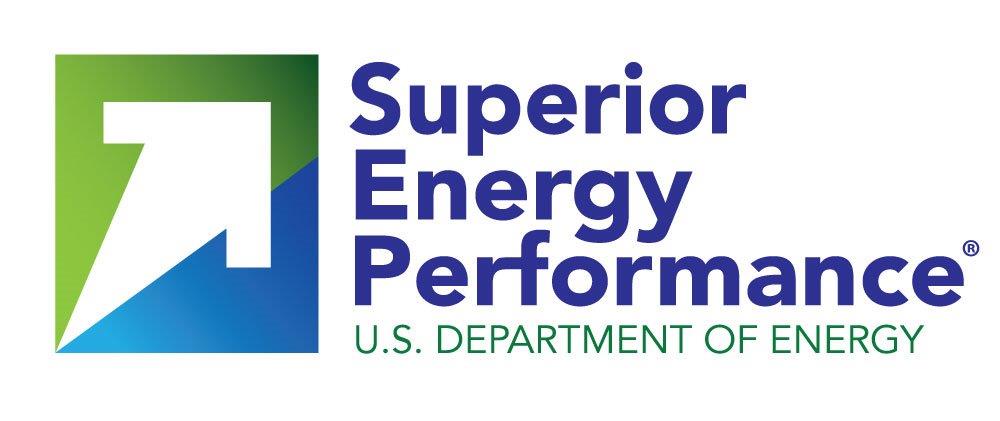Step 3.7 Incorporate energy considerations in procurement
Transition to SEP
The implementation of ISO 50001 requires your organization to include energy considerations in your procurement activities. There are no additional ANSI/MSE 50021 or SEP Measurement & Verification Protocol (M&V Protocol) requirements but there is a SEP scorecard credit related to procurement.
There are no additional requirements related to procurement but there are scorecard credits available.
ANSI/MSE 50021
There are no additional requirements related to ANSI/MSE 50021.
SEP M&V Protocol
There are no additional requirements related to the SEP M&V Protocol.
SEP Scorecard Credits for the Mature Pathway
Organizations utilizing the Mature Pathway for their achievement have an opportunity to acquire SEP Scorecard credits by including energy considerations in their purchasing practices. The credits related to purchasing practices are listed below.
Related SEP Scorecard Credits
Significant Energy Uses (SU) Credit 3.1: Equipment repair and replacement policy (3 possible points)
Management of Energy Performance Improvement Opportunities (EP) Credit 1.4: Life cycle costing (2 possible points)
SU Credit 3.1 – Your organization earns points for this credit by including life-cycle cost considerations in your organization’s purchasing policies. This credit encourages an organization to go beyond ISO 50001 by formally documenting and implementing a repair and replacement policy that defines how energy efficiency and life cycle costing are taken into account in purchasing decisions. This policy is not limited to purchases that can have a significant impact on energy performance as discussed in 4.5.6 of ISO 50001. Your organization can fulfill this credit by defining purchasing practices for common equipment purchases. Requiring the purchase of office equipment with the Energy Star label is one example. Establishing a size threshold below which electric motors cannot be rewound, but are replaced by energy efficient motors is another. Designating energy-efficient lamps for lighting repair and replacement is another common example. The DOE Federal Energy Management Program has useful life cycle analysis resources and tools that you can use to justify purchasing equipment based on life cycle principles.
EP Credit 1.4 – Your organization earns points for this credit by using life cycle costing techniques in evaluation of energy performance improvement opportunities rather than first cost analysis. Opportunities must be consistently evaluated and prioritized using life cycle cost analysis for projects with a simple payback greater than two years.
Except where otherwise noted, content of eGuide is licensed under a
Creative Commons Attribution-ShareAlike 4.0 International License.

